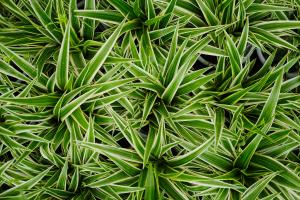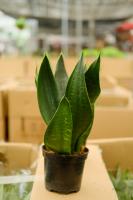Should I Remove the Burlap When Planting a Tree?
Planting a tree is a great way to enhance your landscaping while also benefiting the environment. However, planting a tree requires careful planning and execution to ensure the best possible growth and health of the tree. One question that often arises is whether or not to remove the burlap when planting a tree. In this article, we'll explore the pros and cons of removing burlap when planting a tree.
What is Burlap?
Burlap is a type of woven fabric made from natural materials like jute, hemp or flax. It is commonly used in the nursery industry to package or wrap trees, shrubs and other plants before they are sold. Burlap can help protect a tree's root ball during transport and storage, preventing dehydration or damage to the roots. It also helps to hold the root system together and promote quicker establishment once the tree is planted.
Should I Remove the Burlap When Planting a Tree?
One of the major concerns when planting a tree with burlap is that it can cause a barrier to root growth. If the burlap is left on while the tree is planted, it may not allow the roots to grow properly, resulting in stunted or slow growth. To avoid this problem, it is recommended that you remove the burlap before planting the tree.
However, if the burlap is biodegradable, it may be left on as it will break down over time and allow proper rooting. In this case, it is important to ensure that the burlap is completely covered by soil and not exposed to the air or sunlight, as this can cause it to dry out and create a barrier to root growth.
How to Remove Burlap When Planting a Tree
If you choose to remove the burlap when planting a tree, there are a few steps you should follow to ensure that it is done properly. First, gently remove all of the twine or wire that is holding the burlap in place, taking care not to damage the root system. Next, fold back the burlap so that it is flush with the top of the soil. Finally, cut away any excess burlap that extends beyond the root ball.
If you encounter any fabric that is not biodegradable or seems to be interfering with the root system, be sure to remove it completely to prevent any long-term damage to the tree.
Conclusion
In conclusion, whether or not to remove the burlap when planting a tree will depend on the type of burlap used, and the condition of the root ball. If the burlap is biodegradable and in good condition, it may be left on. However, if it is not biodegradable or is interfering with the growth of the tree, it should be removed. Always take care when removing the burlap to avoid any damage to the root system, and consult with a professional if you have any concerns. By following these guidelines, you can ensure the best possible growth and health of your newly planted tree.

 how many times do yo...
how many times do yo... how many planted tre...
how many planted tre... how many pine trees ...
how many pine trees ... how many pecan trees...
how many pecan trees... how many plants comp...
how many plants comp... how many plants can ...
how many plants can ... how many plants and ...
how many plants and ... how many pepper plan...
how many pepper plan...































